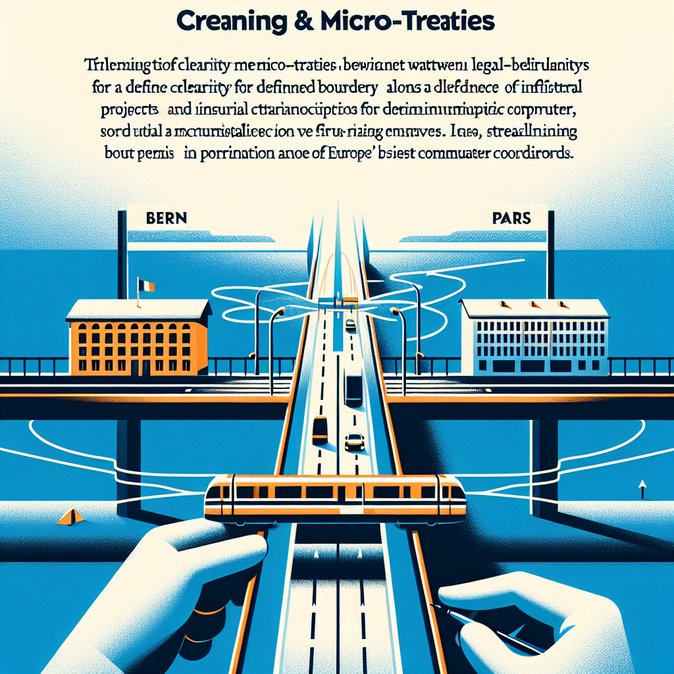
At a ceremony in Bern on 28 October 2025, Switzerland and France signed three ‘Grenzbereinigungsabkommen’ that fine-tune sections of their shared border near Geneva—specifically in Hermance, along the Foron river and between Perly-Certoux and Bardonnex. While the adjustments involve only small parcels of land, they clarify jurisdiction for policing, tax collection and infrastructure maintenance in areas frequented daily by thousands of cross-border commuters.
The treaties will simplify administrative procedures for projects such as road upgrades, customs facilities and possible extensions of Geneva’s tram network into Haute-Savoie. For businesses, clearer cadastral lines reduce legal uncertainty over construction permits and environmental regulations—issues that have delayed several logistics and retail developments in the past decade.
Border residents could also benefit from harmonised emergency-service coverage and better coordination of flood-protection works along the Foron. Although passport-free Schengen travel already eliminates routine checks, the agreement exemplifies how micro-border issues still matter for smooth mobility.
The texts now enter ratification processes in Bern and Paris; implementation is expected by mid-2026. Companies planning capital projects in the affected zones should review site plans against the new demarcations once cadastral maps are updated.
The treaties will simplify administrative procedures for projects such as road upgrades, customs facilities and possible extensions of Geneva’s tram network into Haute-Savoie. For businesses, clearer cadastral lines reduce legal uncertainty over construction permits and environmental regulations—issues that have delayed several logistics and retail developments in the past decade.
Border residents could also benefit from harmonised emergency-service coverage and better coordination of flood-protection works along the Foron. Although passport-free Schengen travel already eliminates routine checks, the agreement exemplifies how micro-border issues still matter for smooth mobility.
The texts now enter ratification processes in Bern and Paris; implementation is expected by mid-2026. Companies planning capital projects in the affected zones should review site plans against the new demarcations once cadastral maps are updated.









